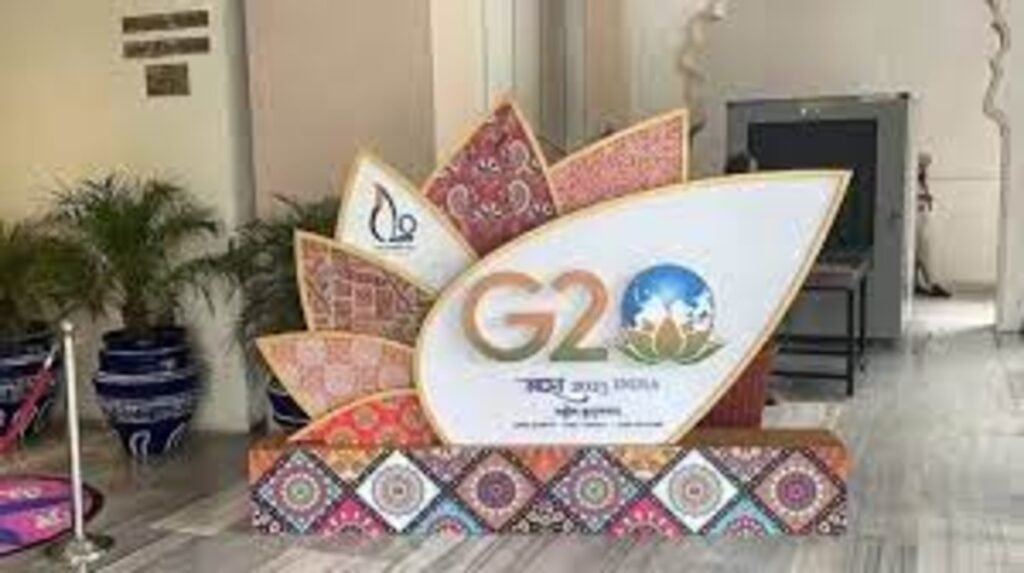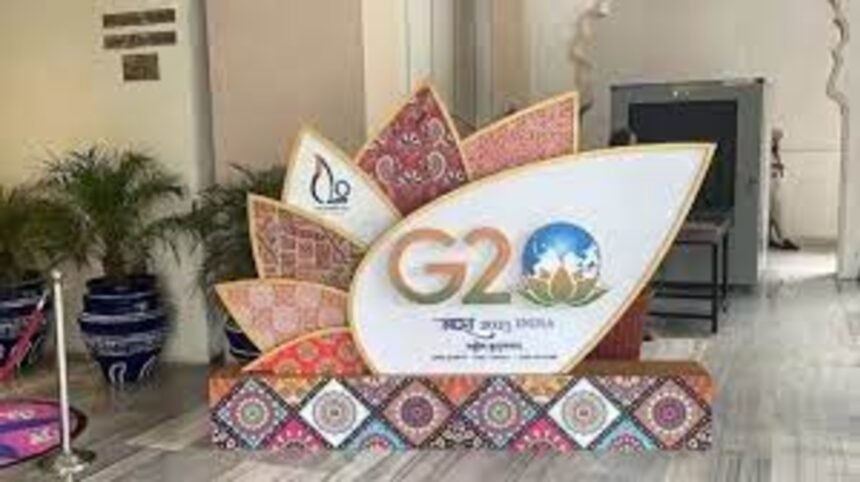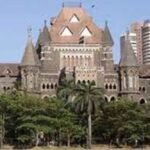New Delhi
Introduction
Tensions have escalated between the Bharatiya Janata Party (BJP) and the Aam Aadmi Party (AAP) as they trade accusations over the funding and credit for the makeover of Delhi in preparation for the upcoming G20 Summit. The BJP has asserted that the Centre is responsible for financing the city’s transformation, while the AAP has accused the BJP of trying to claim credit for the work done by the Delhi government.

Delhi BJP President Virendra Sachdeva strongly emphasized that the city’s makeover was funded by the central government, highlighting that even the innovative wall painting concept was initially introduced by the Centre. Sachdeva criticized Chief Minister Arvind Kejriwal and his ministers for allegedly attempting to take credit for the improvements through social media posts. He challenged Kejriwal to point out any development project initiated by the Delhi government specifically for the G20 Summit preparations.
In response, the AAP accused the BJP of indulging in “dirty politics” during a crucial time when India is set to host the G20 Summit. The party highlighted that the funds allocated for Public Works Department (PWD) roads were used by the Delhi government’s PWD, while Municipal Corporation of Delhi (MCD) roads were funded by the MCD. The AAP clarified that the central government’s financial contributions were directed towards projects related to New Delhi Municipal Council (NDMC) and National Highways Authority of India (NHAI) roads.
Accusation exchange escalates
The exchange of accusations between the political rivals has escalated as both parties seek to shape public perception ahead of the G20 Summit. The Delhi BJP has announced its intention to host a press conference, where it will unveil a comprehensive list of G20-related development projects in the city, all funded by the Centre. The party also plans to utilize short videos to highlight the Narendra Modi government’s contribution to Delhi’s transformation.
Meanwhile, the AAP has expressed disappointment in the BJP’s focus on political maneuvering rather than the successful hosting of the G20 Summit. The party has emphasized India’s leadership role in the event and called for a shift away from divisive politics in favor of a united effort to make the Summit a success.
Conclusion
As the G20 Summit draws closer, the political standoff between the BJP and the AAP underscores the broader narrative of political competition and positioning in India’s capital city. Amid these clashes, the citizens of Delhi are left to observe the ongoing exchange, hoping that the forthcoming international event will serve as a unifying force for the nation.









